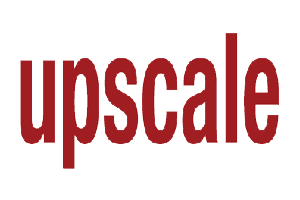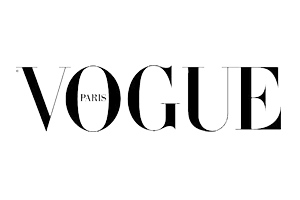The Hollywood Reporter – November 11, 2016
THE KARDASHIAN EFFECT: PLASTIC SURGERY SURGES AMONG MILLENNIALS
As Instagram filters distort ideals and walk-in medi-spas proliferate in L.A., more millennials are pumping their faces with Botox and fill-ins. Says one casting agent, “Whatever she’s doing to her face needs to stop.”
Los Angeles long has been a plastic surgery punchline with its glut of perfectly upturned noses, cantilevered cheekbones and lips like breakfast links. But the latest trend in “work” is alarmingly unfunny.
According to the American Society of Plastic Surgeons, more and more young women — some not even old enough to traipse into Tower Bar — are misspending their youth and savings on soft tissue fillers like Juvederm and paralytics like Botox.
In the past six years, the number of noninvasive procedures among the 20- to 29-year-old set has surged nearly 40 percent to almost 170,000 treatments in 2015. So why are these millennials suddenly acting like they’re, well, middle-aged?
“It used to be that you didn’t start getting Botox until you turned 35,” says Westside dermatologist Jessica Wu, who’s known for a “much less is more” approach to cosmetic tweaks. She believes the proliferation of medi-spas that offer everything from brow shaping to Botox is to blame: “For a lot of younger women who are used to getting their nails done and their lashes tinted, it is almost like the natural extension.”
There’s also the preoccupation with perfection thanks to Generation Y’s tendency to bare all. “It’s social media, pop culture and the Kardashians — or the Jenners,” says Beverly Hills celebrity plastic surgeon Gabriel Chiu, who has famous young patients striving to replicate the magical digital effects of Instagram filters on their faces and bodies. That could mean erasing nasolabial folds around the mouth or strengthening a jawline or inflating lips with filler. But there are limits: “When they bring in certain pictures, I have to tell them that I can’t do that because it’s Photoshop,” says Chiu.
The bizarre results of the pursuit of so-called perfection aren’t lost on casting directors, who see actresses in their 20s with cosmetically tweaked faces that appear off. “It completely takes away from their innocence,” says veteran TV casting director Carrie Audino, who has cast young women in Mad Men and The Magicians. “They think they have an edge because it’s supposed to make them look younger, but it just looks strange.” Or, even worse, older.
Earlier this year, social media commenters called out filler-friendly millennial icon Kylie Jenner, 19, for looking 40, even 50, on the cover of Adweek. Audino — who never would publicly out an actress with too much filler or Botox during an audition — prefers to follow up offline with advice: “If I think it’s extreme, I often will mention it to her agent or manager and say, ‘Whatever she’s doing to her face, she needs to stop.’ ” Wu adds that young actresses have sought her help in reversing the effects after watching their faces not move on video. “They see that they have become so overfilled that they lose natural contours and their eyes recede.”
One big reason for the premature plumping and paralyzing is that millennials believe these procedures are preventative. Within the past decade, the beauty industry started marketing peptide creams and retinols to 20-somethings. For instance, beauty brand Origins uses #QuarterLifeCrisis to sell its anti-aging renewal serum. #FightTechNeck — the purported early wrinkling of the neck caused by looking down at smartphones and keyboards — is scientific anti-aging skin-care line StriVectin’s callout for its neck creams. Yet early and repeated Botox in young muscles that are not hyperactive theoretically can cause problems later on. “If someone is treated with high doses of Botox frequently so the muscle is always frozen and never allowed to regain any function, it’s possible that the muscle could atrophy,” says Wu, who adds that the atrophy would be reversible once the muscle is allowed to regain function.
For millennials, filler that promotes collagen is unnecessary. “As collagen and elastin are still healthy and vibrant in all teens and early 20s, this is not the protocol for most,” says Santa Monica’s celebrity skin-care expert Nurse Jamie, who counts Jessica Alba and Iggy Azalea as fans of her skin-care products.
With the age of physical discontent skewing younger and younger as millennials scrutinize themselves mercilessly on social media, expect cosmetic paranoia to descend upon their younger brethren, Generation Z. There are no U.S. laws preventing teens from indulging in Botox or fillers, but parental consent is required for patients under 18.
“We only operate on non-adults who have the full support of their parents,” says Debra Johnson, M.D., president of the American Society of Plastic Surgeons. Yet the use of hyaluronic acid fillers (most popular for lip enhancement) among 13- to-19-year-olds is up 9 percent in 2015 from 2014. “I have mothers coming in who tell me that once their kid turns 18, they are bringing them in because they are already starting to develop eye lines from squinting at their cellphone,” says Chiu. “And they are only 12!”









































